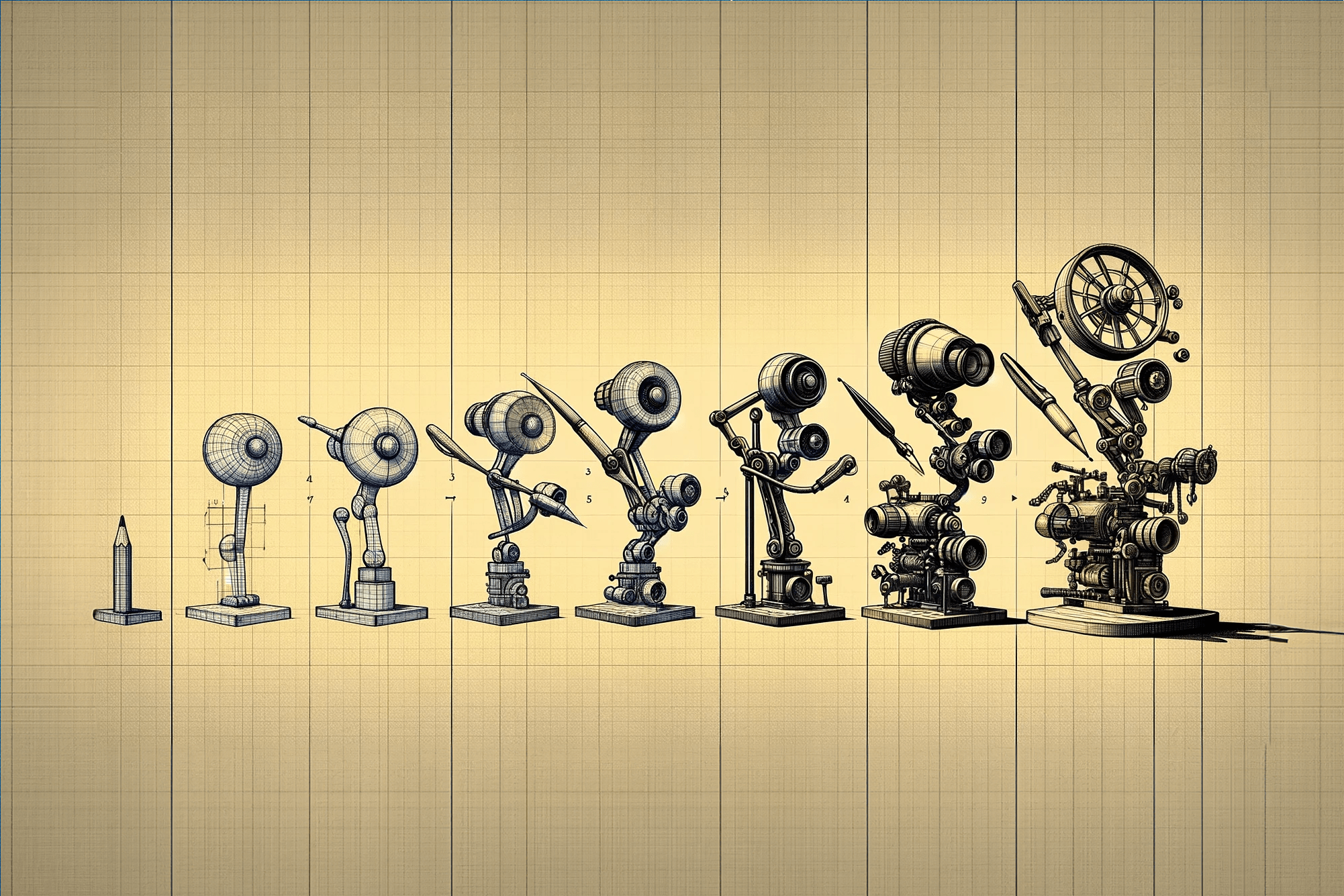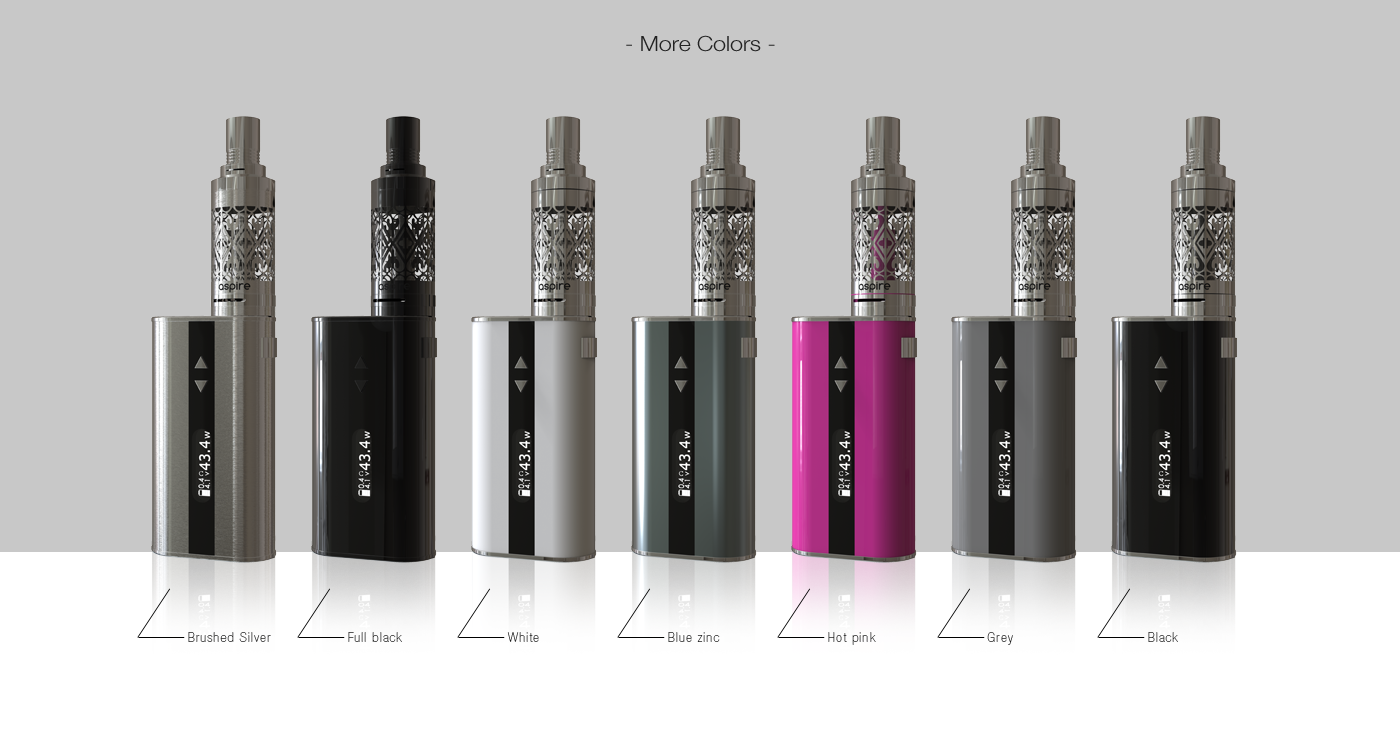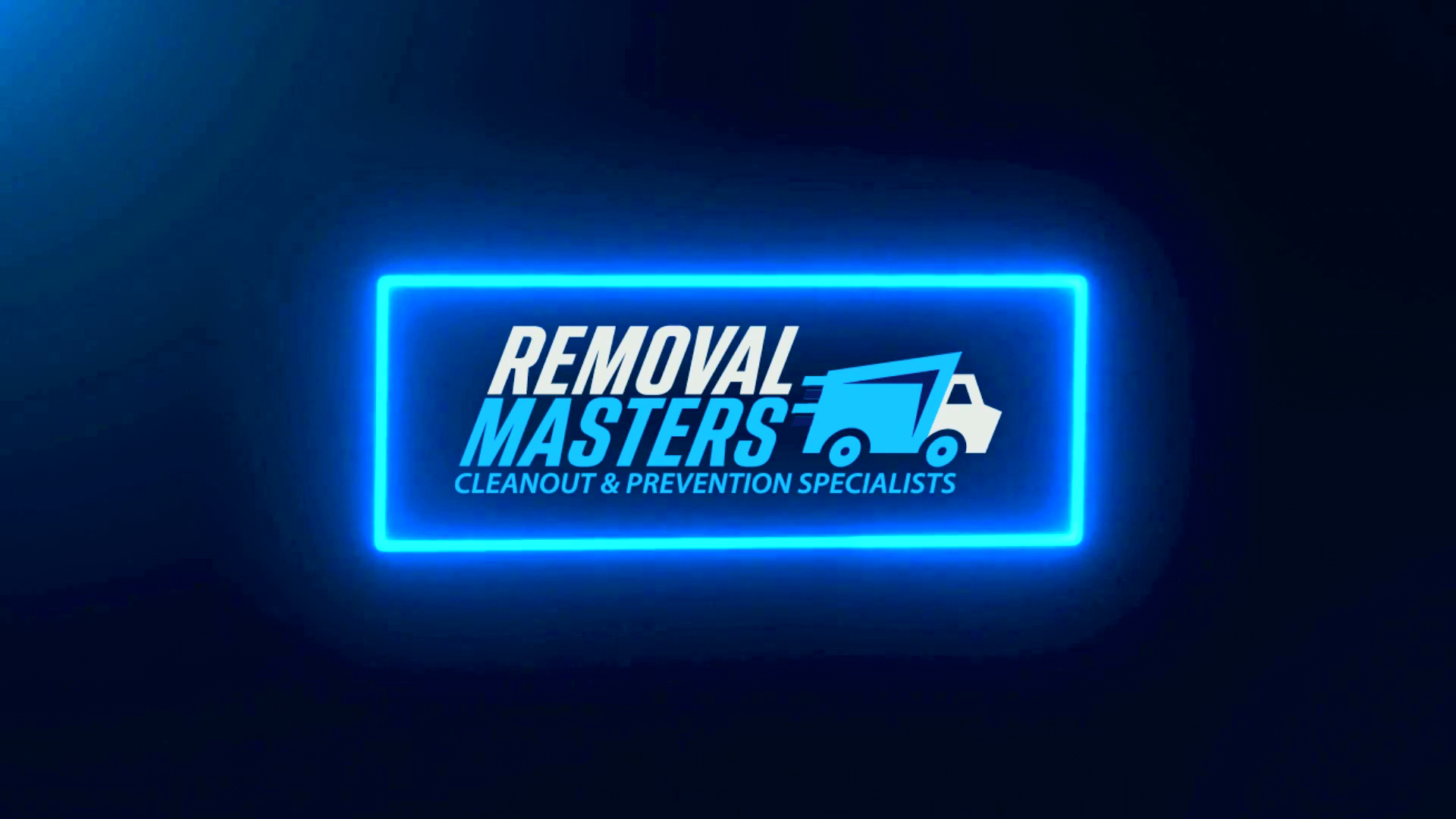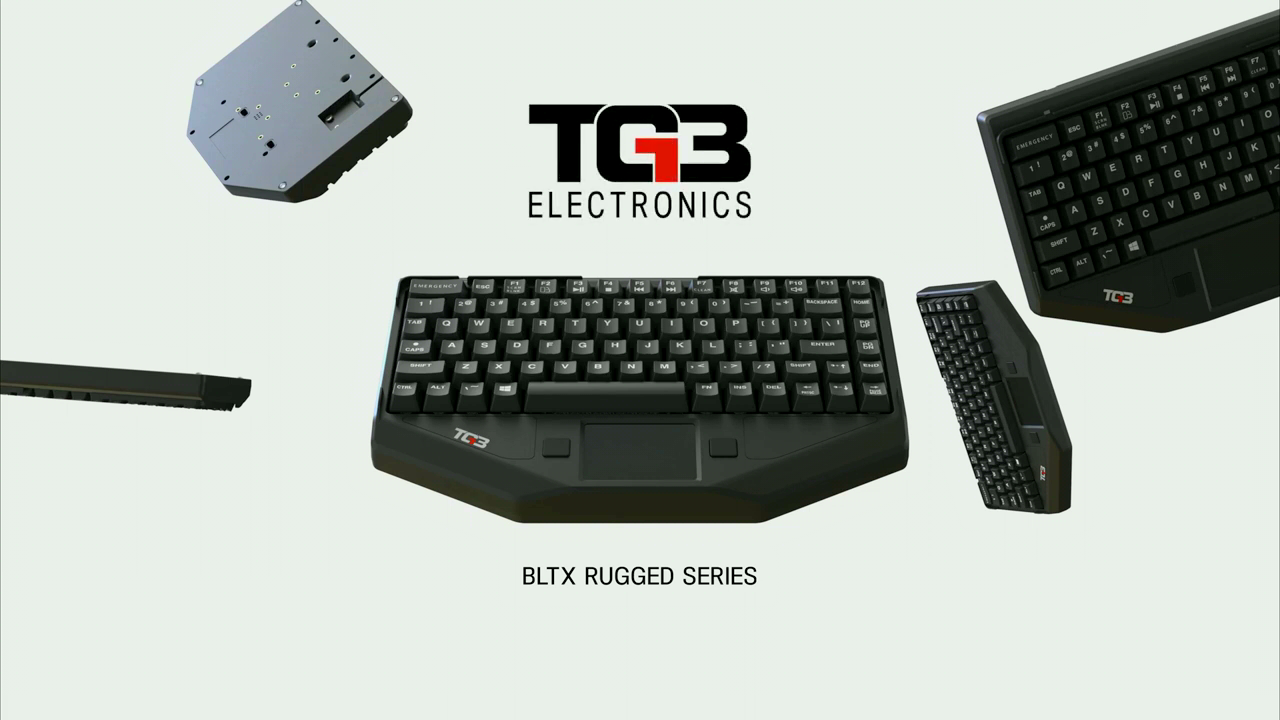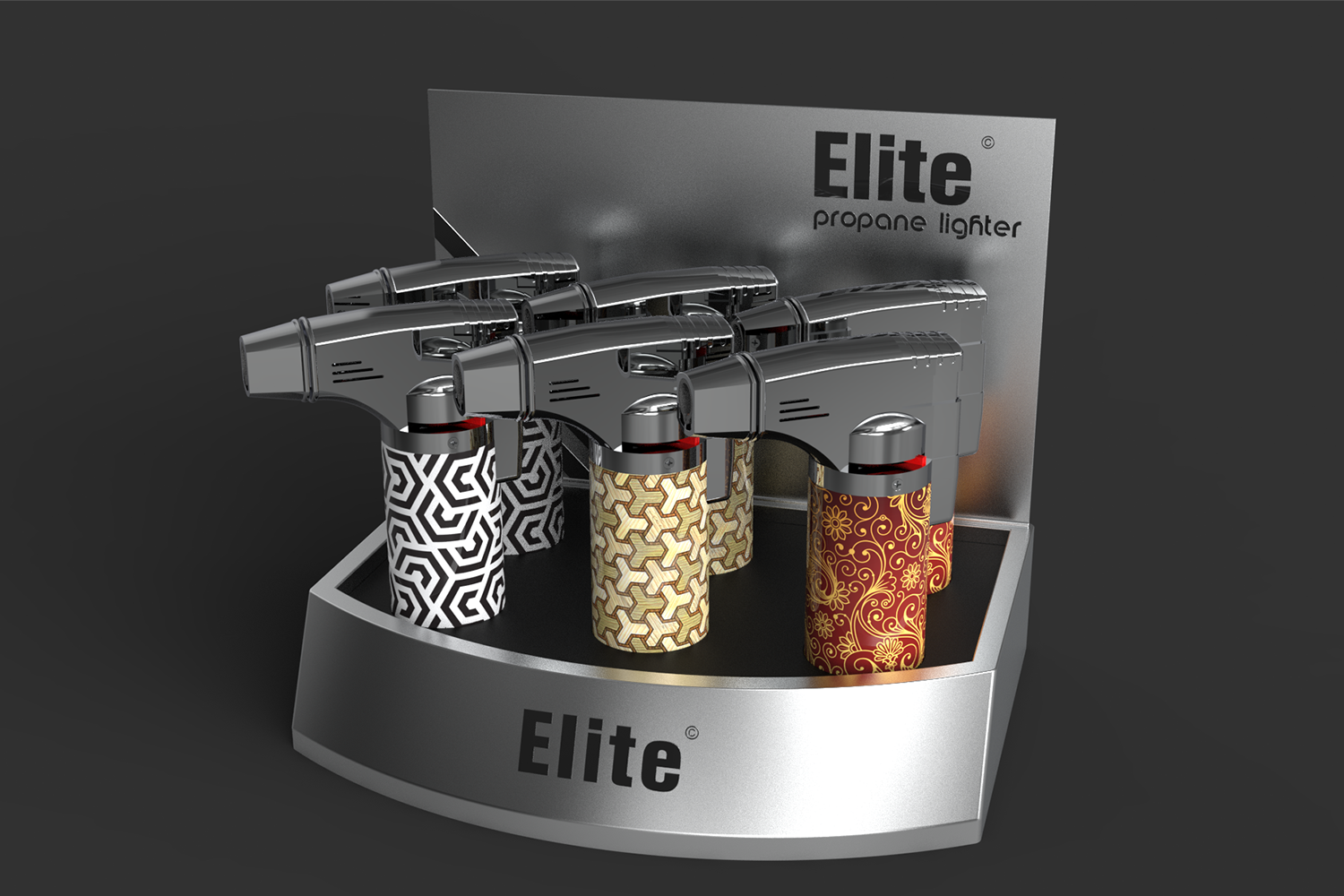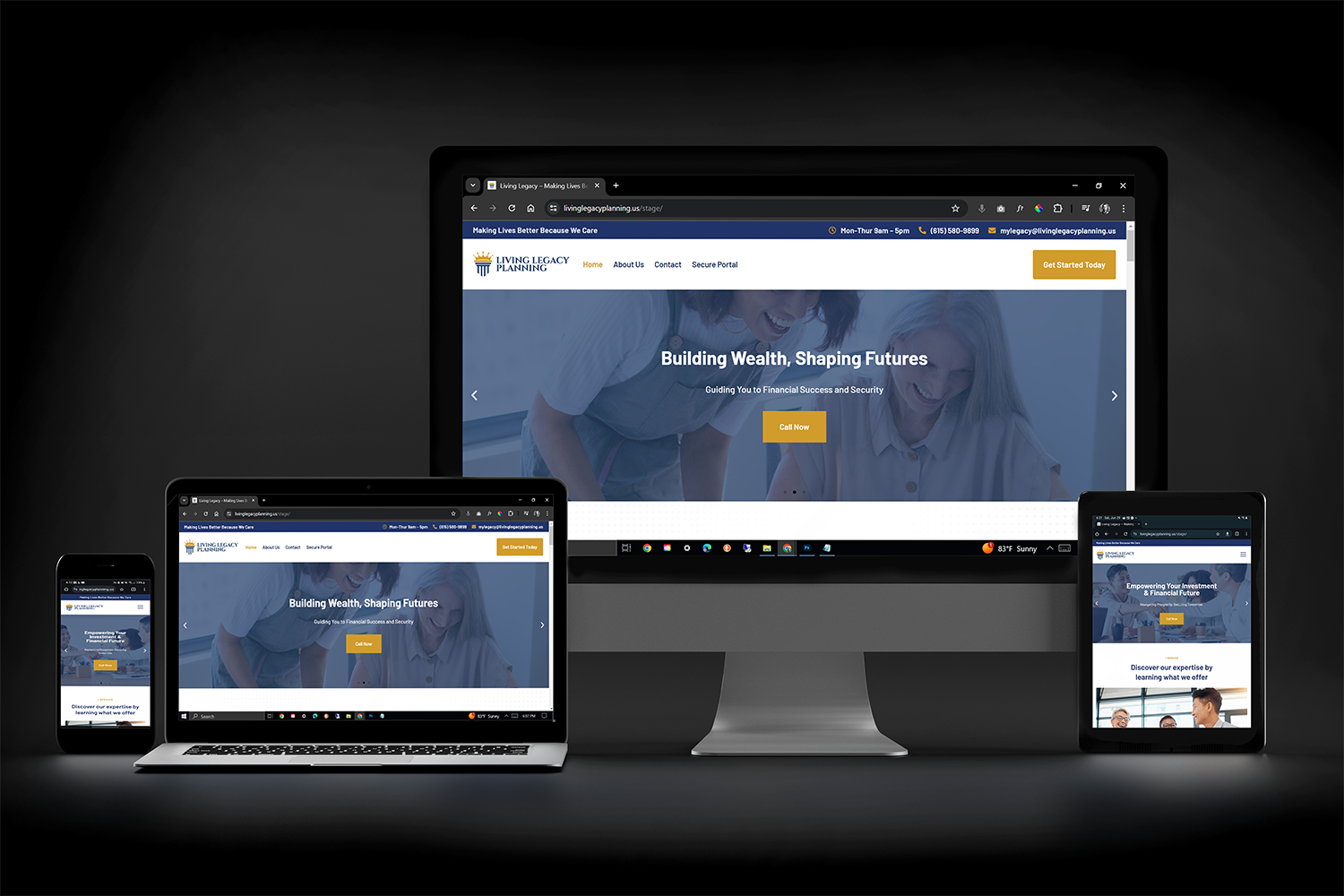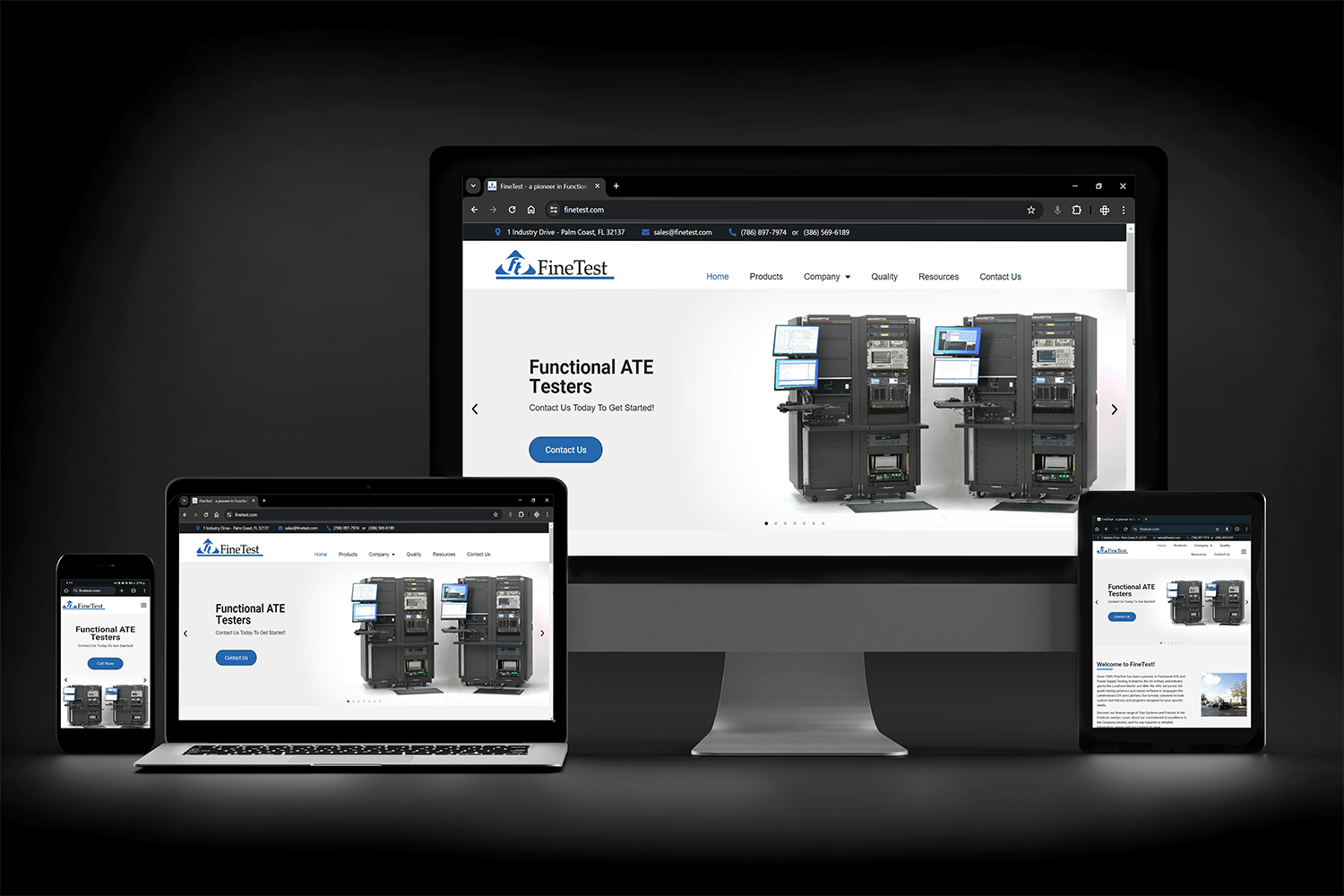The journey of product design has always been one of innovation and adaptation, evolving continually to meet the ever-changing needs and desires of consumers. In recent years, this evolution has accelerated, with advancements in technology and the rise of artificial intelligence reshaping the landscape of product design. Let’s explore this transformation from the initial concept phase to the final product reaching the consumer.
The Early Stages: Ideation and Conceptualization
Product design begins with ideation – the birth of an idea. Traditionally, this involved sketching and creating physical models. Today, digital tools and software have revolutionized this stage, allowing designers to visualize and modify their ideas with unprecedented ease and precision. Programs like CAD (Computer-Aided Design) have become indispensable, enabling designers to create detailed 3D models and simulations.
The Role of Consumer Feedback
In the past, consumer feedback was often limited to focus groups and surveys conducted after a prototype was developed. Now, with the advent of social media and digital analytics, designers can gather real-time feedback, even during the ideation phase. This continuous loop of feedback ensures that the product aligns closely with consumer expectations and market trends.
Prototyping: From Physical to Digital
Prototyping has undergone a significant transformation. Where once physical prototypes were the norm, today, digital prototyping has become increasingly prevalent. Techniques like 3D printing and virtual reality have made it possible to create and test prototypes quickly and cost-effectively, accelerating the design process and enabling more iterative testing and refinement.
Integrating AI in Design
AI is the new frontier in product design. AI algorithms can now assist in the design process, offering suggestions based on data-driven insights and even predicting consumer preferences. AI tools can automate routine tasks, allowing designers to focus on the more creative aspects of their work.
Sustainability and Ethical Design
Modern product design is increasingly focused on sustainability. Designers are now more mindful of the environmental impact of their products, leading to a rise in eco-friendly materials and sustainable production methods. Ethical considerations, such as fair labor practices and reducing waste, have also become integral to the design process.
The Final Stage: Production and Market Introduction
Advancements in manufacturing, such as automation and AI-driven quality control, have streamlined the production process, making it faster and more efficient. The final product is then introduced to the market, where the cycle of feedback and improvement continues, driven by consumer interactions and sales data.
Conclusion: A Dynamic and Continuous Journey
The evolution of product design is a testament to human creativity and technological progress. From the initial spark of an idea to the moment a product is experienced by a consumer, each stage of the journey reflects a blend of art, science, and technology. As we look to the future, the fusion of AI, digital tools, and sustainable practices is set to take product design into new realms of innovation and efficiency.
